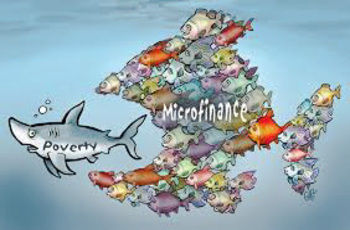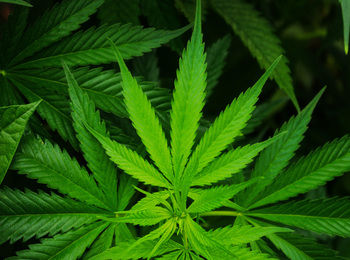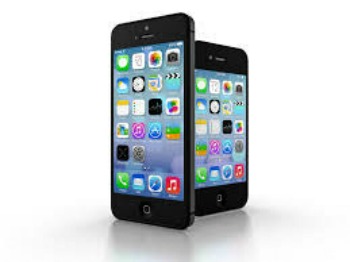Not everyone has a lot of money. Some people earn so little no matter how hard they work while a few lucky ones get to enjoy more money than they can ever spend in their lifetime. Even if the majority of us labor in companies or institutions, it still won’t make you rich. Most successful people in the world are entrepreneurs and it is also the reason why many also want to give business a try today and build their own start-ups. Who knows, it might get bigger someday and they may eventually fulfill all their life’s dreams.
 And since not everyone qualifies for bank loans to fund their business projects, the next best thing for aspiring entrepreneurs to do is to secure loans or other related financial services to get started. The concept of microfinancing has been very popular for quite some time since loan applicants no longer have to secure collaterals in order to get the money they need. But because of the very nature of this small industry being highly vulnerable makes microfinancing more fragile these days. Any small changes in the market or the economy, in general, can have a major effect on microfinanciers, unlike banks that have various products to offer to the public.
And since not everyone qualifies for bank loans to fund their business projects, the next best thing for aspiring entrepreneurs to do is to secure loans or other related financial services to get started. The concept of microfinancing has been very popular for quite some time since loan applicants no longer have to secure collaterals in order to get the money they need. But because of the very nature of this small industry being highly vulnerable makes microfinancing more fragile these days. Any small changes in the market or the economy, in general, can have a major effect on microfinanciers, unlike banks that have various products to offer to the public.
The tiny size of these institutions makes them vulnerable to even a small adverse development as their finances remain fragile. Unlike banks, which have multi products and an assured deposit base, micro lenders are dependent on markets for funds, which turn hostile at the smallest of events that affect business.
"Today banks are equally in the microfinance space as much as we are," says MR Rao, managing director with Bharat Financial Inclusion. "So, banks are looking to partner MFIs either as subsidiary or by way of strategic stakes. As MFIs grow, they too need capital badly to remain on the growth path. It will be difficult for pure-play MFIs to grow independently without support of an anchor investor."
Otherwise known as microcredit, many low-income people benefited from microfinancing and have helped them overcome poverty at the very least but this industry is likewise struggling right now since banks have expanded what they offer when it comes to issuing loans and the global economy hasn’t really fully recovered yet. This is evident in countries like India where we all know has one of the world’s largest population and a big chunk of this is mostly below or on the poverty line.
Together, the MFPs have expanded microfinance coverage to 106 districts in Pakistan as of June end. The microfinance penetration rate is reported by PMN at roughly 25 percent, based on an estimated potential market size of 20.5 million.
The MFPs have doubled the number of active borrowers between 2011 and 2016 – and this year, too, the tally is getting bigger. There are plans to double the coverage by 2020. So there is work to be done. The addressable market is still very large, and apparently growing. A loan-book of over Rs400 billion is needed to serve 10 million micro borrowers. That means equity capital must reach at least Rs40 billion.
(Via: http://www.brecorder.com/2017/09/29/372124/growth-continues-for-microfinance/)
There are microfinance industries that are doing well and some that aren’t. It probably has to do with the location and the current status of the economy in that place. That of India may be suffering but not that of Pakistan. The market is growing and because of the technology that we have today, many (especially Millennials) are more interested in starting their own businesses rather than get stuck with a conventional 9-5 job that does not really bring home the bacon.
There is really no winning formula on a lot of things in life. Even established institutions like banks and even lenders go through so many changes as the world becomes increasingly digital and may struggle in the process. In a way, technology helped with efficiency. We’ll just have to wait whether the world of microfinancing will keep on forging forward or get swallowed whole by banks that are coming up with more clever ways to lure in more investors and borrowers.
Is Microfinance About To Go Down Or Not? Read more on: https://www.keatingeconomics.com/
source https://www.keatingeconomics.com/is-microfinance-about-to-go-down-or-not/





